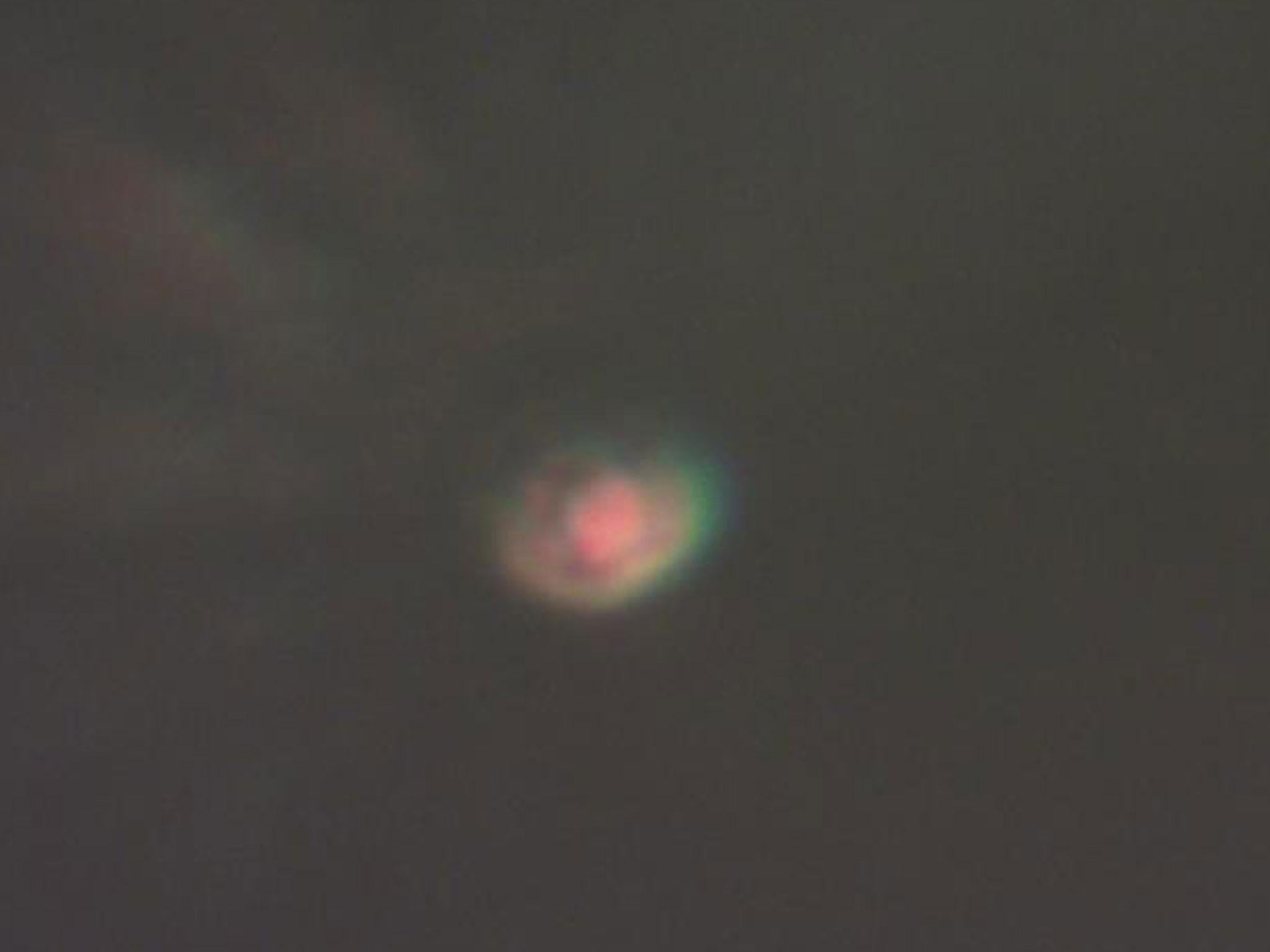Physicists might have made a mistake in claiming to have turned hydrogen into a metal, experts say
‘I don’t think the paper is convincing at all,’ one expert said

The scientists who claim to have crushed hydrogen into a metal might have made one important mistake, according to experts.
Two physicists claimed that they had finally succeeded in a feat that scientists have been attempting for almost a hundred years – crushing hydrogen and turning it into metal through an “alchemical” process. Such a discovery would potentially revolutionise technology and space travel, and has been hailed as one of the biggest breakthroughs in history.
But experts have cast doubts on the claims of the two scientists, Ranga Dias and Isaac Silvera, both physicists at Harvard University. They might have mistaken something else for the important metal, a number of other scientists have said.
The Harvard researchers first posted their work to arXiv, a website that collects scientific studies before they are published through peer-reviewed journals, in October. At that point it attracted huge amounts of criticism from other scientists who argued that it was based on a mistake.
But the paper was published this week in the journal Science all the same, heralding a succession of headlines that claimed that humanity had made a huge breakthrough that could shed light on some of the central questions of the universe. The news was covered in a range of newspapers and websites, including The Independent.
But five different experts have told Nature's news reporters that they don't believe the claim and that it could be based on an error. One scientist told the news organisation that the paper isn't “convincing at all”.
To do the research, the scientists crushed tiny bits of hydrogen beneath diamond anvils, exerting more pressure on it than is found at the centre of the Earth. Small steps forward have been made through the work, but no researchers have yet been able to show off the shiny metal that would be expected to be seen.
That is what the two Harvard scientists claimed to have done. But they cannot yet show off the piece of metal because it is still stuck between the jaws of the anvil – and they say that removing it might cause it to disappear entirely.
The researchers believe however that the reflective and shiny material they can see crushed in the anvil is metallic hydrogen. One of the scientists, Isaac Silvera, said that when looking through a microscope at the sample it looked to be shiny and so “you can only believe [it] is a metal”.
But other researchers have said that they don’t necessarily believe that it is a metal. The shininess may be something else entirely – like aluminium oxide, which is known to coat the diamonds that sit in the anvil and may become shiny under high pressure.
Scientists have also cast doubt on the amount of pressure that the paper claims to have pushed onto the hydrogen. The researchers didn’t take detailed enough measurements throughout the process and so it’s hard to se whether they were pushing as hard as they claimed onto the hydrogen.
Even before the paper was criticised, other researchers have criticised the lab’s approach and methods, arguing that it could lead to false positives.

Scientists have also questioned why the team published their results before they have taken the material out of the anvil, and will get to work on doing other experiments. But the researchers claimed in press materials that they had done so in order to publicise their “breakthrough event”, and that further experiments would shed more light.
Join our commenting forum
Join thought-provoking conversations, follow other Independent readers and see their replies
Comments
Bookmark popover
Removed from bookmarks